Disclaimer: I’m computer scientist.
I would need some help to get an AD620 amplifier module to work. Some context is available here in a previous question.
Here is a physical view of the amplifier:
The documentation was unfortunately in Chinese, but I translated it. It is available here.
I managed to amplify the output of my generator (TieDie Handyscope H3-5) and adjust gain, but not with the exact same setup depicted in the image. I needed to connect the ground of the input terminal to the ground of my power source.
I didn’t manage to amplify the signal I need to amplify.
I want to amplify the varying voltage at the terminals of a coil that I didn’t manage to see with my oscilloscope (TieDie Handyscope H3-5). I was expecting that I would see at least the ambient 50Hz noise.

